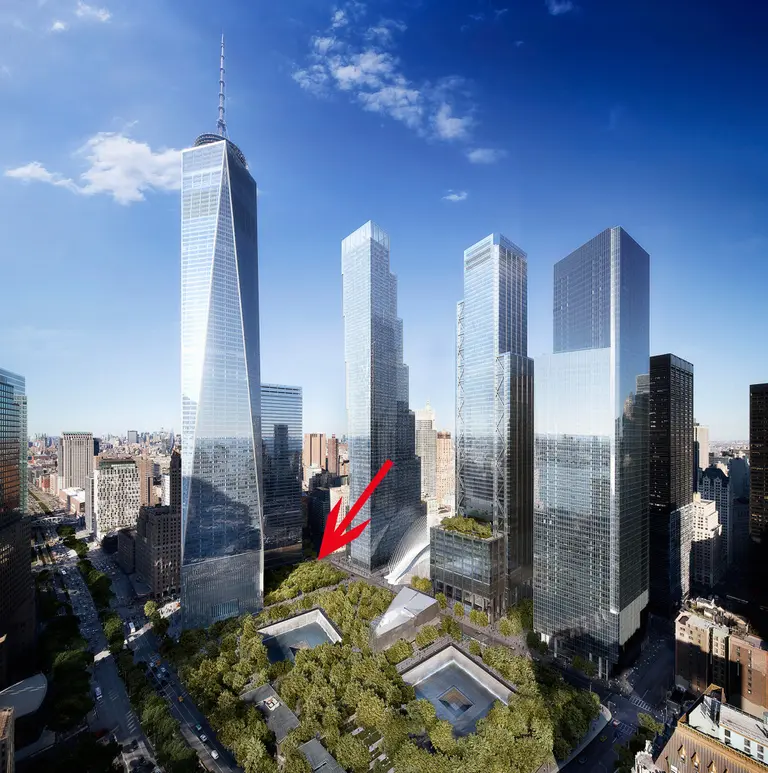April 18, 2016
Carter Uncut brings New York City’s latest development news under the critical eye of resident architecture critic Carter B. Horsley. This week Carter brings us his fourth installment of “Skyline Wars,” a series that examines the explosive and unprecedented supertall phenomenon that is transforming the city’s silhouette. In this post Carter looks at the evolution of the Lower Manhattan skyline.
Lower Manhattan at the start of the Great Depression was the world’s most famous and influential skyline when 70 Pine, 20 Exchange Place, 1 and 40 Wall Street, and the Woolworth and Singer buildings inspired the world with their romantic silhouettes in a relatively balanced reach for the sky centered around the tip of Lower Manhattan.
Midtown was not asleep at the switch and countered with the great Empire State, the spectacular Chrysler and 30 Rockefeller Plaza but they were scattered and could not topple the aggregate visual power and lure of Lower Manhattan and its proverbial “view from the 40th floor” as the hallowed precinct of corporate America until the end of World War II.
The convenience and elegance of Midtown, however, became increasingly irresistible to many.
More on the the history of Lower Manhattan and what's in store


